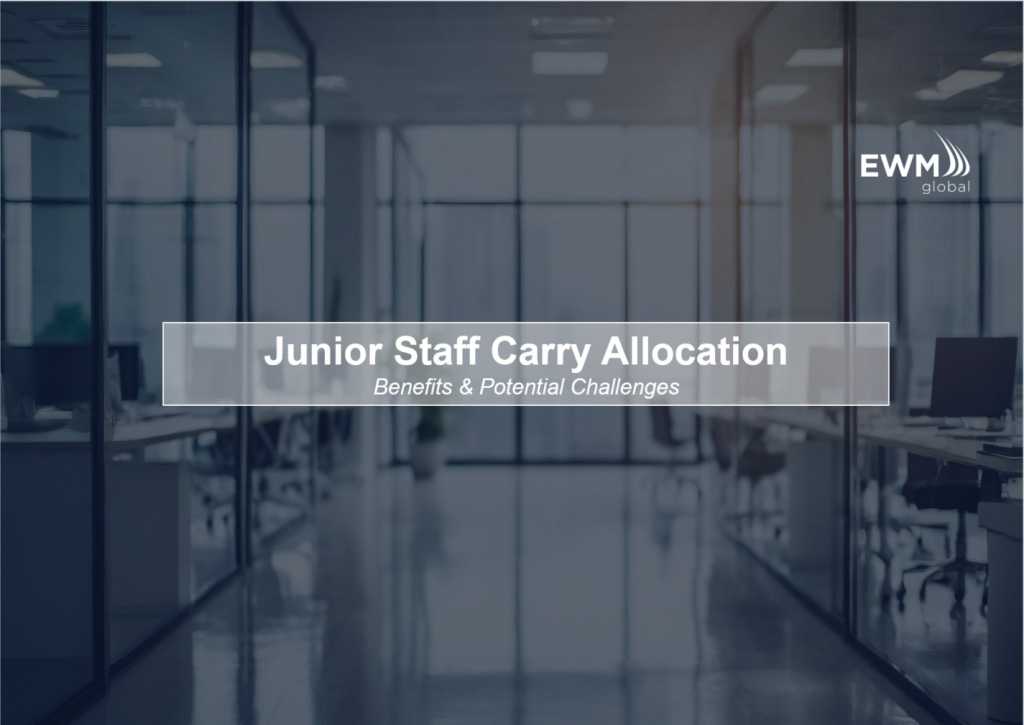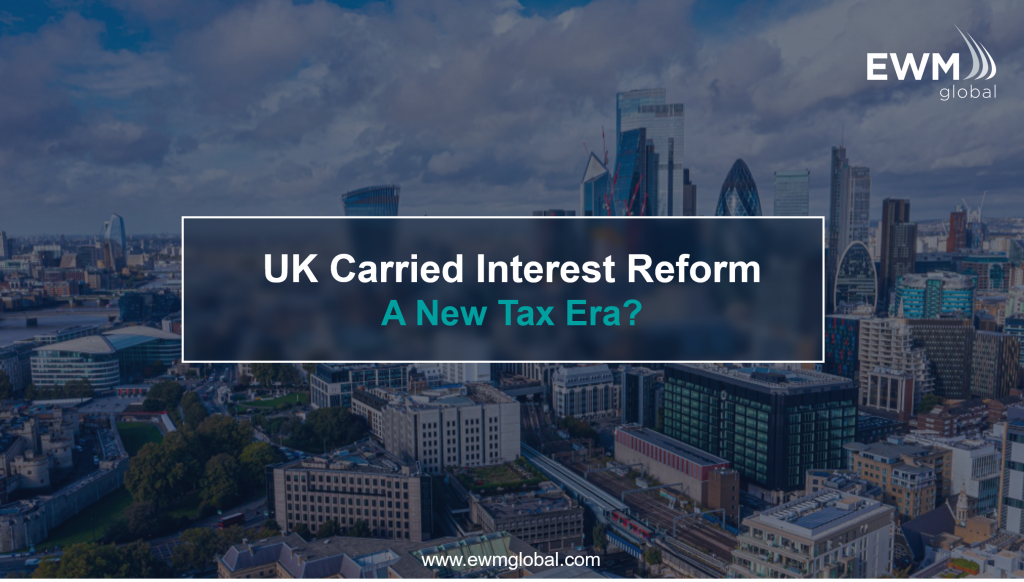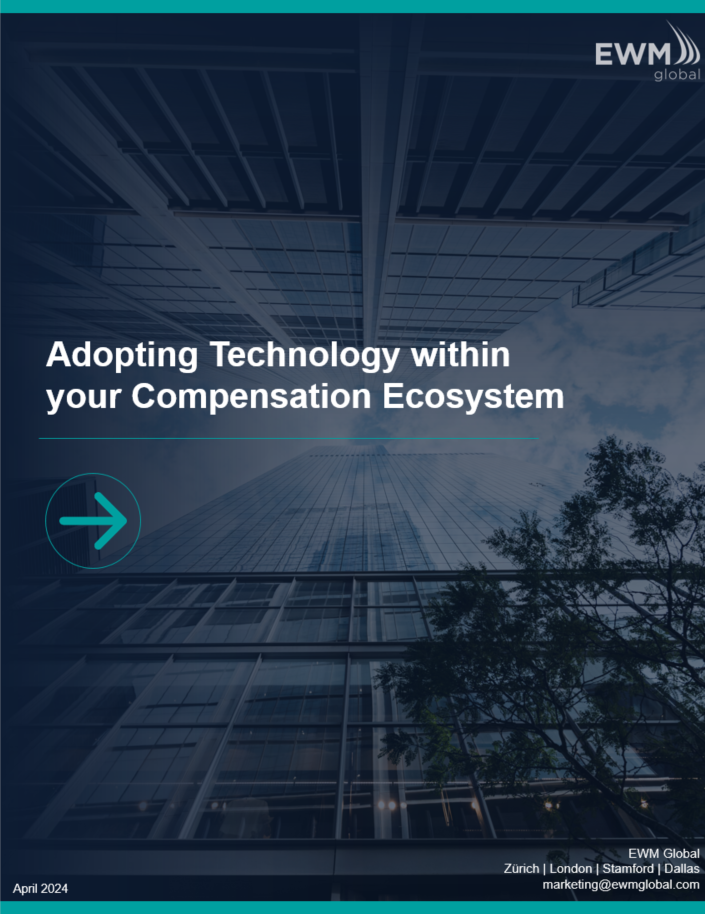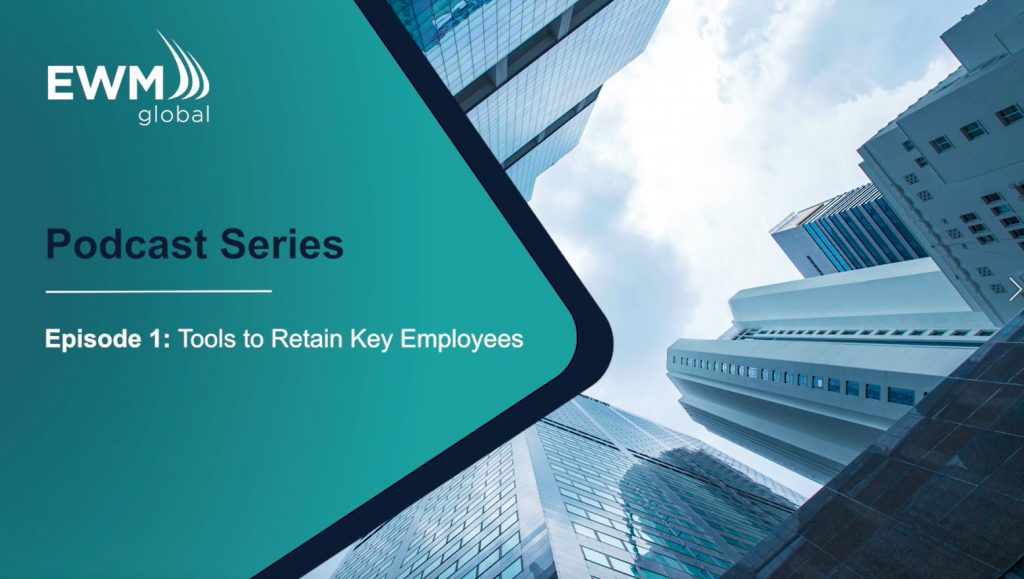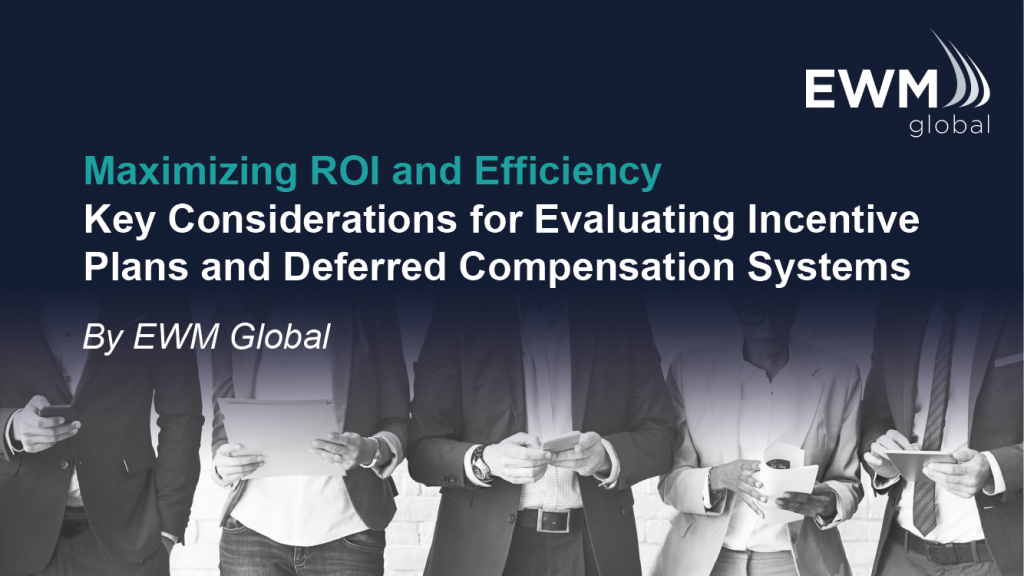Adopting Technology within your Compensation Ecosystem
Across the Financial Services industry, organizations are adjusting to a rapidly evolving Human Resources landscape. Following the global pandemic, there has been a significant shift in workforce priorities, evidenced by 41% of employees now opting for hybrid/remote working1, an increased demand for compensation transparency, combined with the implementation of new transparency regulations. The success of any compensation function largely hinges on its ability to adapt to such market demands and scale in line with internal business objectives. As companies expand and the workforce becomes increasingly diverse, find out how the shift from excel driven administration to the integration of an incentive compensation platform can address the key challenges of modern compensation and benefits management.
Scalability
Plan Administration
Deferred compensation systems that rely on manual spreadsheets are no longer viable in today’s market, nor do they meet the stringent audit and compliance regulations that many firms are required to adhere to. It is widely reported that about 90% of all excel spreadsheets have errors contained within their formulas.2 Drawing upon more than two decades of administration experience, EWM Global has assisted organizations in addressing historic issues ranging from minor financial consequences and reporting inconsistencies due to formulaic errors, to severe miscalculations of historic distributions. In one instance, during an implementation, it was discovered that the allocation percentage for a particular investment had been inaccurately calculated through excel, leading to incorrect capital calls and payments to participants. The EWM system is equipped to detect such discrepancies, as it oversees the calculation process from start to finish. Upon identifying this issue, corrective measures were taken during the subsequent payroll cycle. Without the integration of an incentive compensation administration platform, these errors would have remained unnoticed. What’s concerning is that this is not an uncommon occurrence among excel driven plan administration.
Partnering with an experienced outsourced solution, equipped with robust administration technology, enables organizations to confidently oversee compensation programs, ensuring accuracy and consistency in reporting, even across complex international plan structures. Not only does the EWM system identify discrepancies in plan administration, our team of highly specialized plan administration experts, who have oversight of over 1000+ unique compensation processes, act as a second set of eyes throughout the plan lifecycle.
With a globally accessible platform, organizations can seamlessly manage compensation and benefits programs for diverse workforces by reducing manual data management on administrative teams, mitigating risk, centralizing processes, effectively managing participant communications and fulfilling international reporting requirements.
Plan Participant Management
Manually managing the entire lifecycle of any compensation plan presents significant challenges. When administering Deferred Cash and Share plans, ensuring the completeness of communication regarding plan lifecycle events such as award acceptance, investment allocation, reallocation windows, and distributions is a complicated endeavor without the assistance of a central platform. Managing the tracking and execution of all participant decisions and subsequent actions, while efficiently communicating them to participants, is a time consuming process. For private equity firms, ensuring timely signature and storage of all plan LPAs, communicating plan terms and conditions and updating participants on the latest carry valuations offline is a cumbersome process to manage.
Here are four ways EWM Global’s plan participant portal can alleviate the communication and administration inefficiencies of plan lifecycle events:
- Centralized Document Management
Direct distribution to participants of customized documents, including award acceptance letters, plan rules and other individualized documents (e.g. tax documents).
- E-Signature Functionality
LPA documents can be communicated and executed directly from the participant portal. All that is needed is the LPA format template and unique participant information and the system creates bespoke LPAs for all participants.
- Enforced Investment Capabilities
System driven functionality captures participant investment preferences, with plan level custom reallocation frequencies. The system has the capability to enforce investment requirements based on plan mechanics.
- Plan Lifecycle Event Communication
The EWM team handles all employee plan lifecycle communications, including award grants, reallocation windows, plan updates and distributions. Our query handling team are available to directly answer any participant queries. This team of plan administration experts handle thousands of emails and calls from plan participants every year, across all forms of long term incentive plans.
Enhanced Employee Experience
Compensation Visibility
Following years of diversification of employee priorities and with a significant portion of the workforce adopting remote or hybrid work arrangements, organizations reliant on manual compensation management lack the requisite tools to effectively update employees on their individual compensation packages. From an administrative standpoint, aligning compensation with desired business objectives and maintaining workforce motivation poses a considerable challenge, exacerbated by a reliance on outdated annual compensation paper statements.
Granting employees digital access to their wealth accumulation metrics, coupled with the capacity to make pertinent investment decisions, not only augments employee satisfaction but also diminishes administrative burdens.
Navigating through five years of markedly volatile market conditions, attracting and retaining talent amidst downturns has been challenging. Establishing an accessible platform for employees to review comprehensive compensation and benefits summaries has emerged as a pivotal strategy in maintaining employee motivation and alignment.
“90% of Consumers prefer to manage their finances in one place” 3
Market demand for mobile access to financial information has taken off. Likewise, providing remote access to compensation and benefits information has become a standard in the market. With the surge in mobile banking app usage, where 90% of consumers state that the main reason for utilizing a mobile app is to check their balances, there is now an expectation from executives for a similar experience in accessing incentive compensation information.
Transparency and Data Accessibility
Across North America and Europe organizations within the Financial Services markets are now under increased scrutiny regarding pay transparency and reporting practices. Specifically, the European Union has enacted a new pay directive necessitating firms to reinforce the principle of equal remuneration for equal work, by means of augmented transparency measures and stricter enforcement protocols. While in the US, the Securities and Exchange Commission (SEC) has implemented new regulations mandating Private Fund Managers to submit quarterly reports delineating fund expenditures, including compensation.
While these initiatives collectively represent a positive stride towards bolstering transparency, it is essential to acknowledge that the additional regulatory obligations inevitably increase the administrative workload of HR and Reward teams. The complexities and time constraints associated with concatenating data from diverse sources and manually synthesizing it into consolidated reports pose significant challenges for HR and Reward teams. This will require organizations to consider integrating technological approaches to plan administration that provide centralized data locations and on demand customizable reporting features.
By utilizing real-time analytics dashboards, organizations are transforming how they access and respond to data. This will not only be crucial for fulfilling the growing regulatory requirements for compensation data but also empower compensation and HR teams to recognize trends, anticipate future needs, and make data-driven decisions concerning compensation adjustments.
In summary, companies must adapt and embrace transformative changes amid the ever-evolving HR landscape. Compensation divisions are compelled to integrate new technology into their compensation ecosystem. Failure to do so will result in organizations being ill prepared for changing employee priorities and updated regulatory requirements, as well as the significant financial exposure associated with excel based administration. Reach out to learn more about how EWM Global’s innovative technology offers financial services firms an automated administration solution, addressing the critical aspects of scalability, automation, employee experience and data accessibility.
1 WFHResearch – https://wfhresearch.com/wp-content/uploads/2023/07/SIEPR1.pdf
2 KPMG – https://assets.kpmg.com/content/dam/kpmg/ie/pdf/2021/03/ie-6-mrm-solutions.pdf
3 Chase – https://media.chase.com/news/consumers-rely-more-and-more-on-mobile-banking
